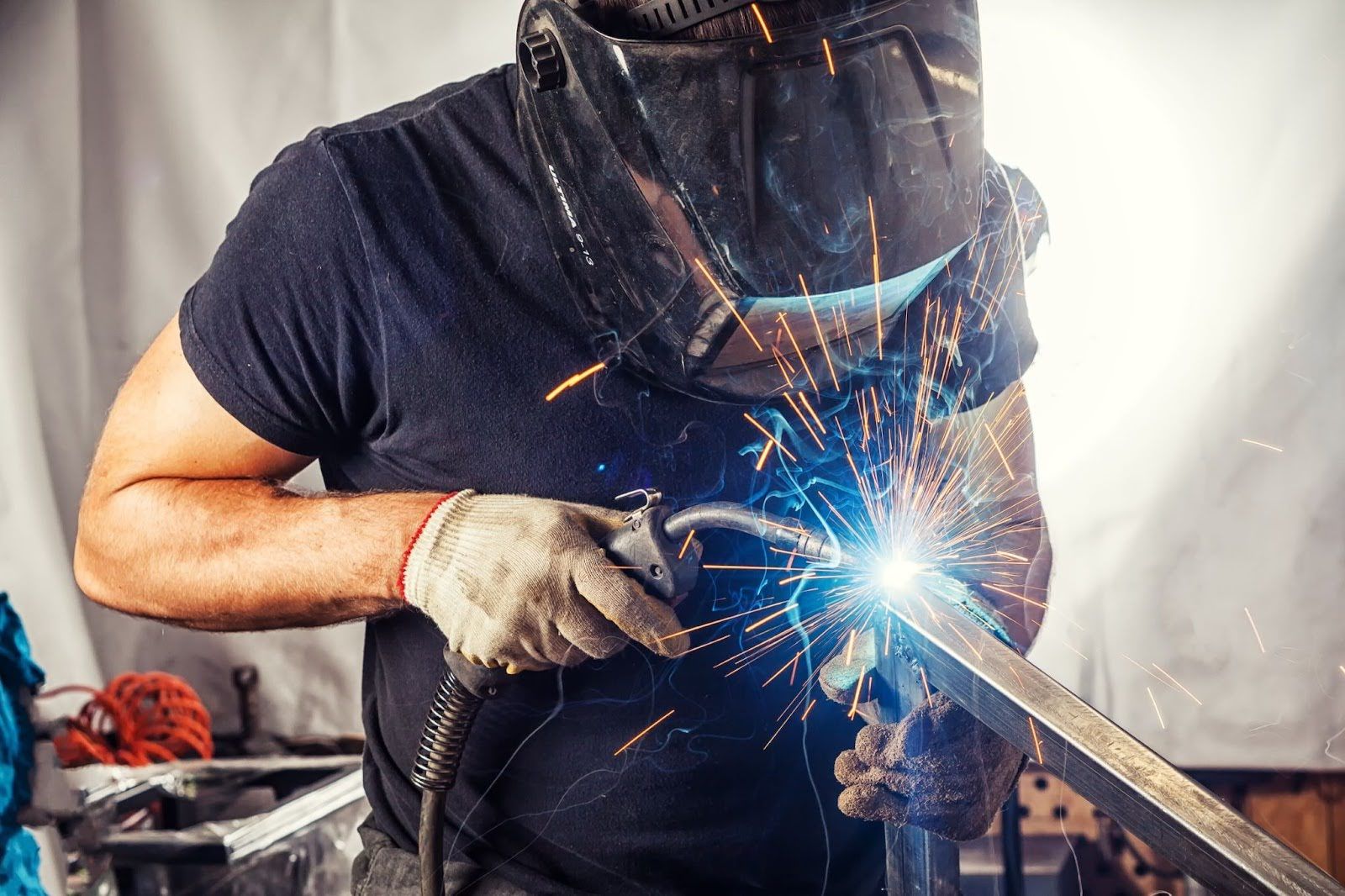Professional Techniques for Preventing Weld Undercut Successfully
Professional Techniques for Preventing Weld Undercut Successfully
Blog Article
Mastering the Art of Welding: How to Avoid Undercut Welding Issues for Flawless Fabrication Outcomes
By comprehending the root creates of undercut welding and executing reliable techniques to stop it, welders can raise their craft to new levels of excellence. In the search of perfect construction outcomes, grasping the art of welding to avoid undercut issues is not simply a skill however a necessity for those striving for excellence in their job.
Comprehending Undercut Welding

To stop undercut welding, welders need to make sure proper welding criteria, such as adjusting the present, voltage, traveling rate, and preserving the correct electrode angle. Furthermore, using the appropriate welding method for the specific joint configuration is necessary. Employing weaving movements or backstepping strategies can aid make sure proper weld metal deposition and lower the possibility of undercut formation. Routine inspection of welds during and after the welding procedure is additionally vital to catch any type of undercut very early and make necessary adjustments to stop more defects. Preventing weld undercut. By comprehending the sources of undercut welding and implementing safety nets, welders can achieve top notch, structurally audio welds.
Sources Of Undercut in Welding
Recognizing the elements that add to undercut in welding is important for welders to create high-grade, structurally audio welds. Damaging takes place when the weld steel does not appropriately fill up the groove developed between the base metal and the formerly transferred weld metal. Numerous aspects can lead to undercut in welding. One common reason is too much warm input. Welding at high temperatures for extensive durations can lead to the base metal thawing even more than desired, leading to damage. Insufficient welding incorrect or current welding speed can likewise add to undercut. Not enough current might not supply sufficient warmth to thaw the base and filler steels properly, while too much speed can prevent appropriate blend, triggering undercut. Additionally, inappropriate electrode angles or inaccurate lantern manipulation strategies can produce locations of low weld steel deposition, promoting undercut. Recognizing these causes and applying proper welding strategies can help stop undercutting problems, ensuring strong and sturdy welds.
Techniques to Stop Undercutting

To reduce the risk of undercutting in welding, welders can use strategic welding techniques targeted at improving the top quality and honesty of investigate this site the weld joints. One reliable approach is to readjust the welding parameters, such as voltage, present, and travel speed, to guarantee proper warm input and deposition. Keeping an ideal electrode angle and making certain regular traveling rate can additionally assist stop undercut. Furthermore, utilizing the appropriate welding method for the certain joint setup, such as weave or stringer beads, can contribute to lowering undercutting. Preventing weld undercut.
Utilizing back-step welding strategies and controlling the weld bead account can additionally help distribute warm uniformly and decrease the risk of undercut. Routine assessment of the weld joint throughout and after welding, as well as implementing quality assurance actions, can aid in finding and dealing with damaging concerns without delay.
Importance of Correct Welding Parameters
Selecting and maintaining suitable welding specifications is necessary for achieving effective helpful site welds with very little problems. Welding criteria refer to variables such as voltage, present, travel rate, electrode angle, and protecting gas circulation rate that directly impact the welding procedure. These criteria have to be meticulously readjusted based upon the type of material being bonded, its density, and the welding method employed.
Proper welding criteria make certain the correct amount of warm is related to melt the base steels and filler product consistently. If the parameters are established too expensive, it can cause extreme heat input, creating burn-through, spatter, or distortion. On the other hand, if the parameters are too reduced, insufficient fusion, lack of infiltration, or undercutting might occur.
Quality Control in Welding Procedures

Verdict
Finally, grasping the art of welding needs a complete understanding of undercut welding, its reasons, and methods to prevent it. By ensuring correct welding criteria and carrying out quality control techniques, remarkable fabrication outcomes can be attained. It is necessary for welders to regularly strive for quality in their welding operations to avoid undercut concerns and create top quality welds.
Undercut welding, a typical flaw in welding procedures, takes place when the weld steel does not appropriately fill the groove and leaves a groove or depression along the bonded joint.To avoid undercut welding, welders need to make certain correct welding parameters, such as readjusting the present, voltage, traveling speed, and preserving the appropriate electrode angle. Poor welding present or incorrect welding rate can likewise contribute to undercut.To reduce the risk of damaging in welding, welders can utilize strategic welding methods intended at enhancing the top quality and integrity of the weld joints.In final thought, grasping the art of welding calls for a thorough understanding of undercut welding, its reasons, and methods to avoid it.
Report this page